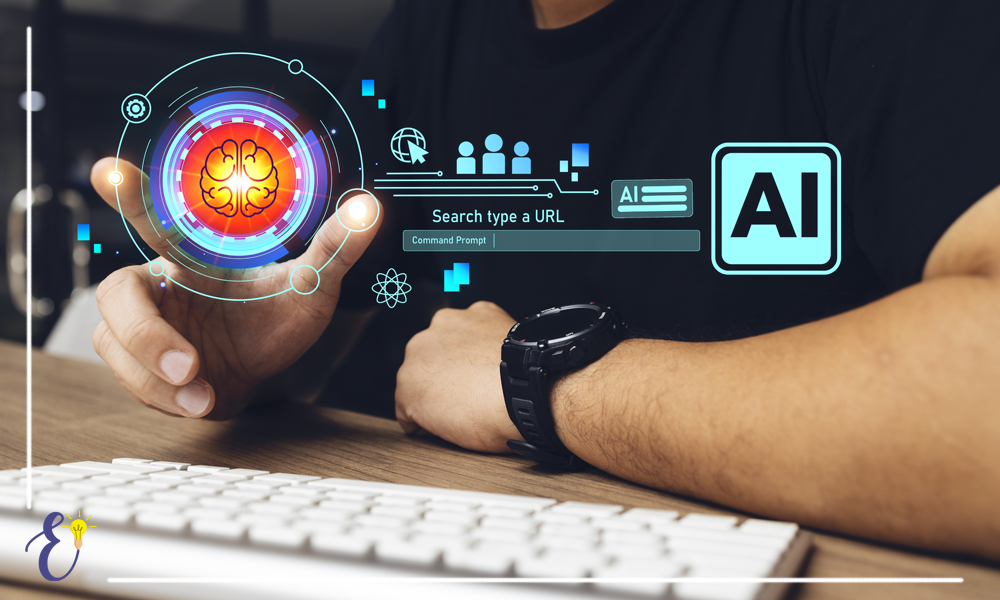- Generative AI is revolutionizing cybersecurity by enhancing threat detection and response capabilities.
- Cybercriminals are leveraging AI to create sophisticated attacks, increasing security challenges.
- Experts emphasize the need for robust AI-driven defenses to counter emerging threats.
The Dual Role of Generative AI in Cybersecurity
Generative AI is rapidly transforming the cybersecurity landscape, serving as both a powerful asset and a potential risk. On one hand, security professionals are utilizing AI-driven solutions to enhance real-time threat detection, automate incident response, and predict vulnerabilities before they can be exploited. On the other hand, cybercriminals are increasingly using generative AI to craft advanced phishing scams, deepfake attacks, and automated hacking techniques.
With its ability to analyze vast amounts of data quickly, AI enables security teams to identify and neutralize threats more efficiently than traditional methods. However, the same capabilities can be exploited by bad actors to develop more sophisticated and evasive attack strategies.
Cybercriminals Exploiting AI for Attacks
The rise of generative AI has introduced new security risks, as malicious actors harness its capabilities to:
- Generate convincing phishing emails and fake identities.
- Create deepfake content to manipulate social engineering attacks.
- Automate malware development and penetration testing techniques.
These AI-powered threats make it increasingly difficult for organizations to distinguish between genuine and malicious activities, posing significant challenges for cybersecurity defenses.
Enhancing Cyber Defenses with AI
To counteract AI-driven threats, cybersecurity experts advocate for proactive defense strategies, including:
- AI-Powered Threat Detection: Leveraging machine learning to detect anomalies and potential threats in real time.
- Automated Incident Response: Using AI to respond to security breaches quickly and mitigate damage.
- Ethical AI Practices: Establishing guidelines to ensure AI tools are used responsibly and securely.
Governments and enterprises are also investing in AI-driven cybersecurity solutions to stay ahead of evolving threats.
Conclusion
Generative AI represents both an opportunity and a challenge in cybersecurity. While it enhances security capabilities, it also empowers cybercriminals with new tools for sophisticated attacks. Organizations must adopt AI-driven security measures and ethical guidelines to protect against emerging threats while maximizing AI’s potential for cybersecurity advancements.















Leave a comment